If you’re already here, I will spare you the sales pitch on Barefoot running, but if you are interested, feel free to read my waffle about running barefoot here.
Instead, I’m here to share my top 5 barefoot road running shoes!
In this post, I’m sharing 4 of my favorite road running shoes, 1 on my wish list, plus I’ll outline who each of the shoes suits best and what conditions they do well in.
Let’s start with the pair that I reach for the most.
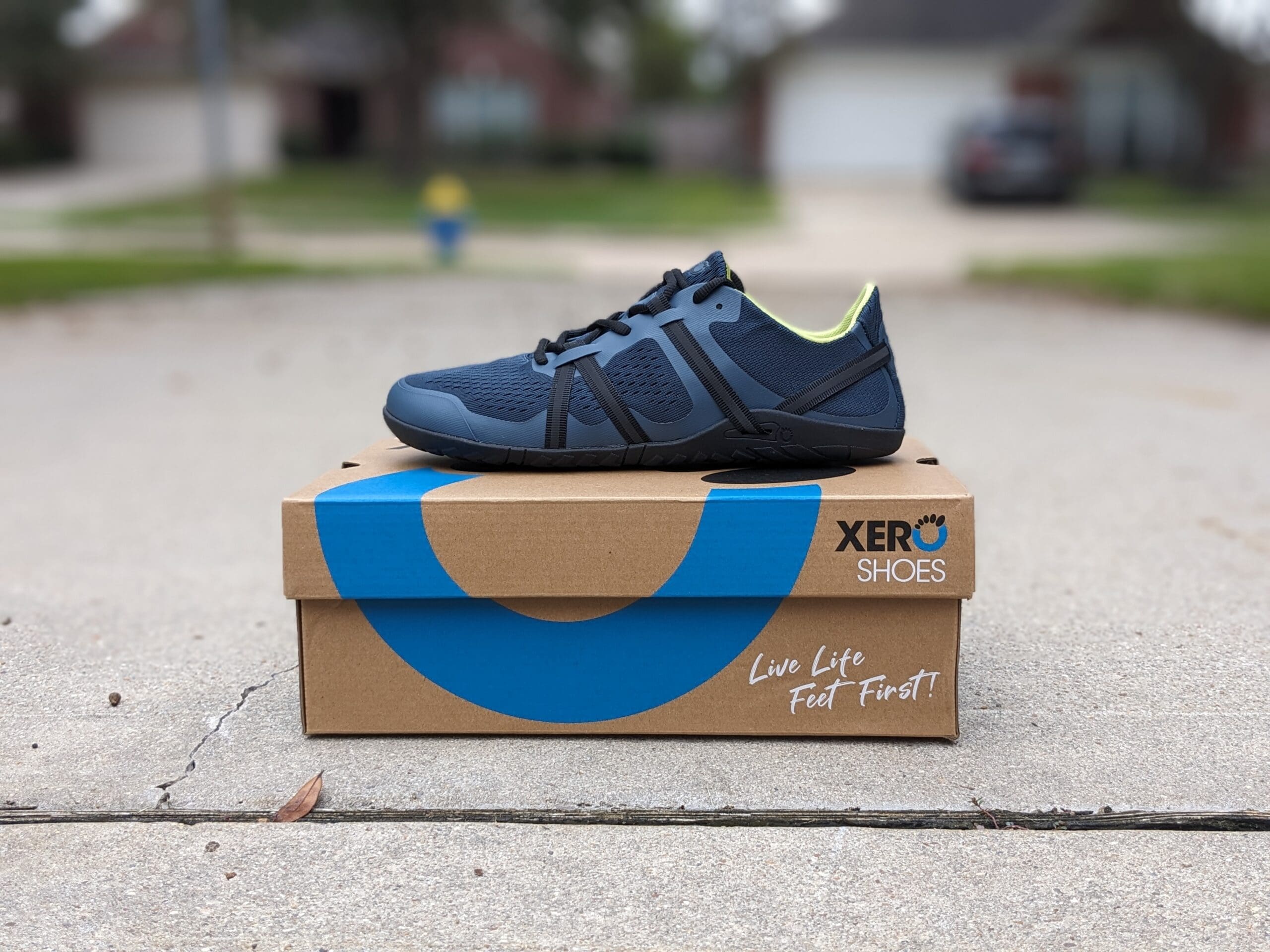
Xero Shoes Speed Force II
Best Barefoot Feel
Lightweight design
Great ground feel
Flexible outsole
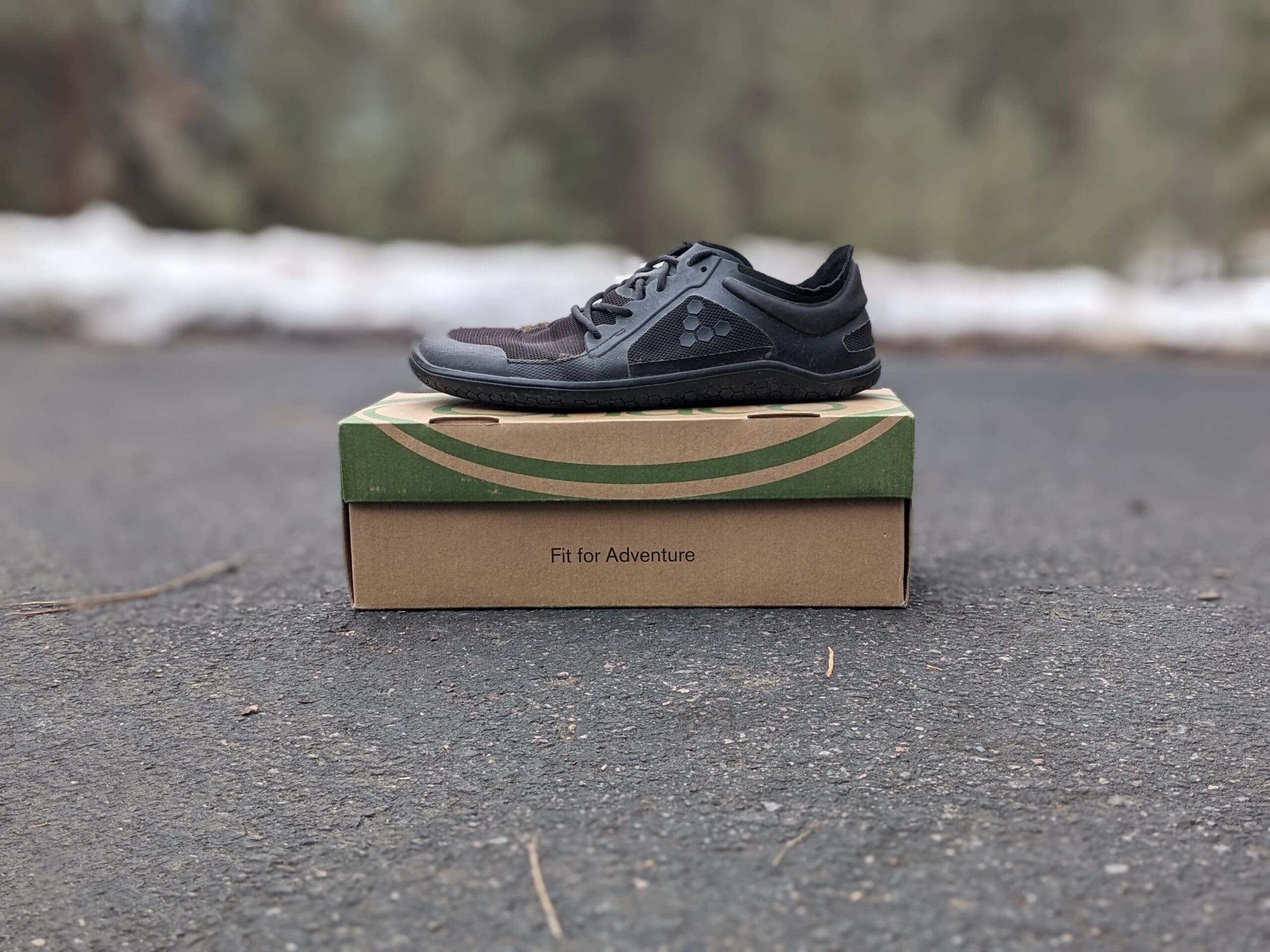
Vivobarefoot Primus Lite III
Best For Low Volume Feet
Wide toe box
Good ground feel
Low volume design
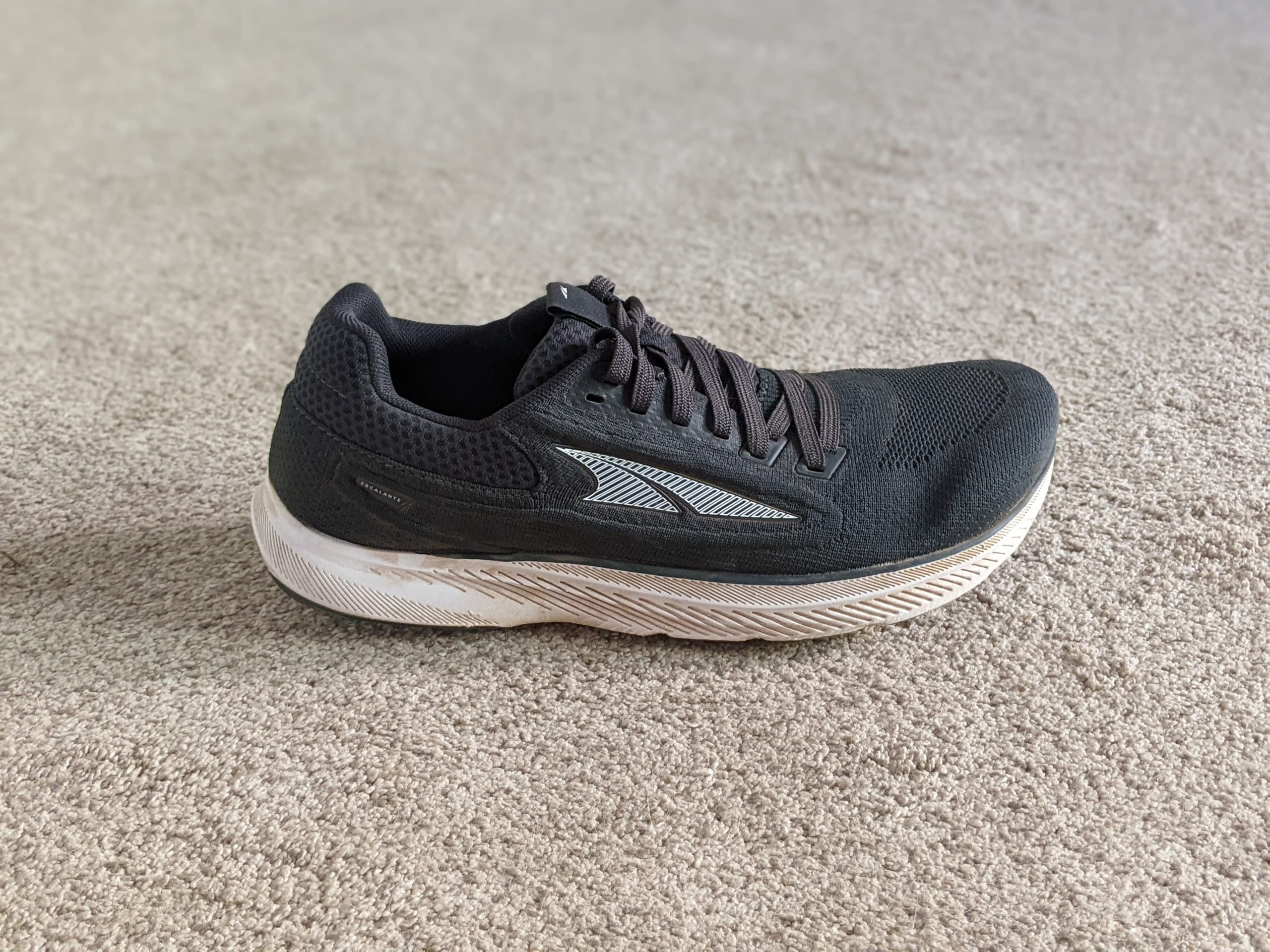
Altra Escalante 3
Best Minimal With Cushion
Wide Toe box
Some flexibilty
Comfortable upper
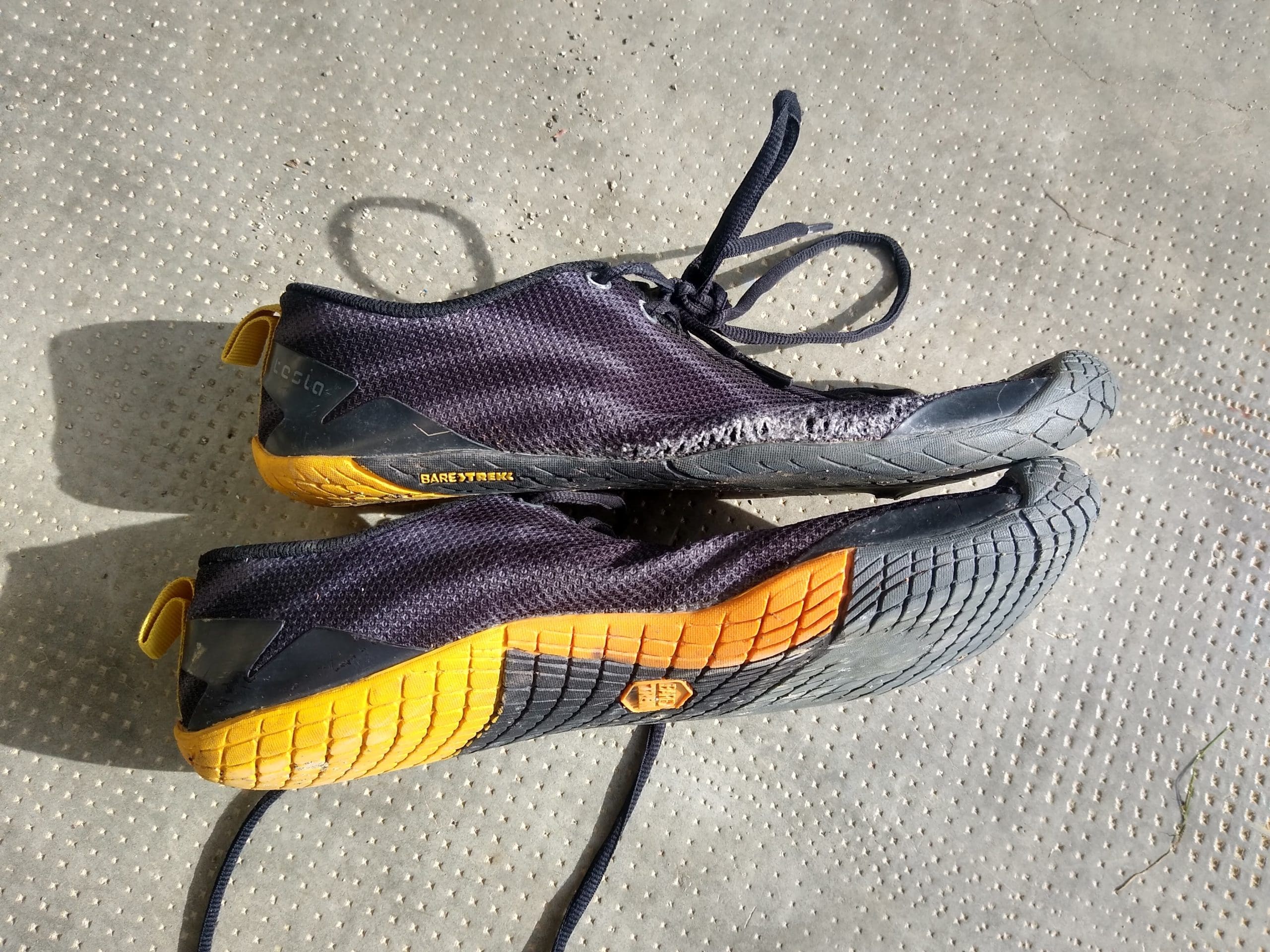
TSLA Minimal Shoe
Best Cheap Option
Super minimal
Great price vs. durability
Somewhat narrow
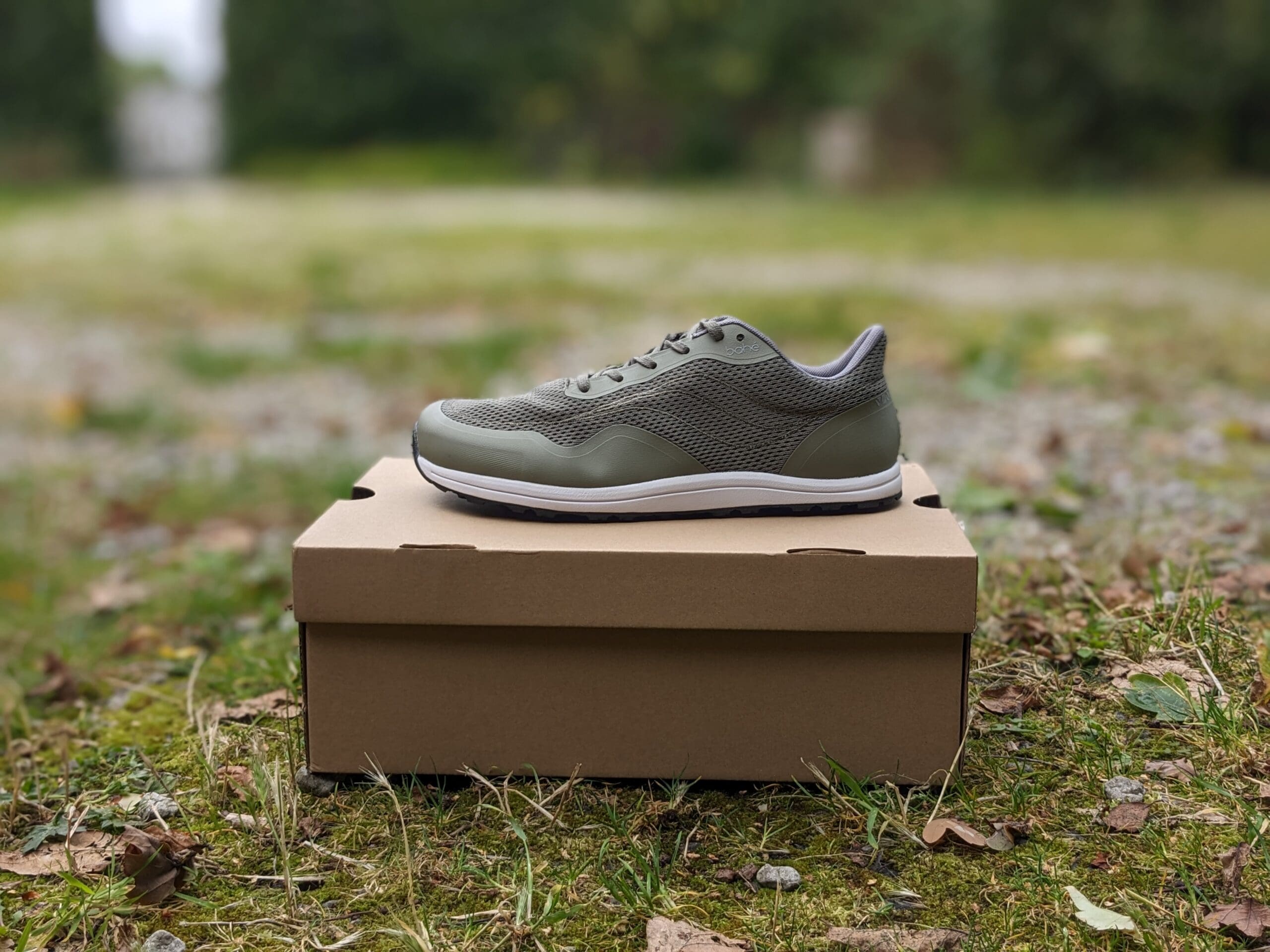
Bahé Revive
Best Wide Option
Wide toe box and mid
Grounding technology
Sustainability in mind
Affiliate Disclosure: By clicking through the links on this page and purchasing the products, you’ll be helping me out. This is done because I receive a kickback from the sellers at no extra cost to you! Thank you so much for supporting us!
“It’s the closest to barefoot without taking your shoes off.”
That’s right; the Speed Force II is super flexible, lightweight, and close to the ground.
And overall, it metaphorically gets out of the way and lets your foot do the work!
I’ve personally tested all the road running shoes in the Xero Shoes lineup, and overall, I think the Speed Force II is the best choice.

An unstructured heel provides a perfect heel lock and no chance of rubbing. If you’re looking for a true barefoot motion, there should be little to nothing standing in the way of your foot mechanics with these shoes. Stiff heel counters often change your gait and contribute to horrible sore spots and blisters. With the Speed Force II, you’ll find a minimally padded heel that morphs to your unique heel shape, lending to a perfect fit.
You’ll need at least a 1/2 size larger than your normal size! Xero Shoes is a smaller company, and with that, sometimes minor inconsistencies pop up. In this case, the size is a little off. Even on their website, they suggest ordering a 1/2 size up. I’ve personally opted for a full-size larger.
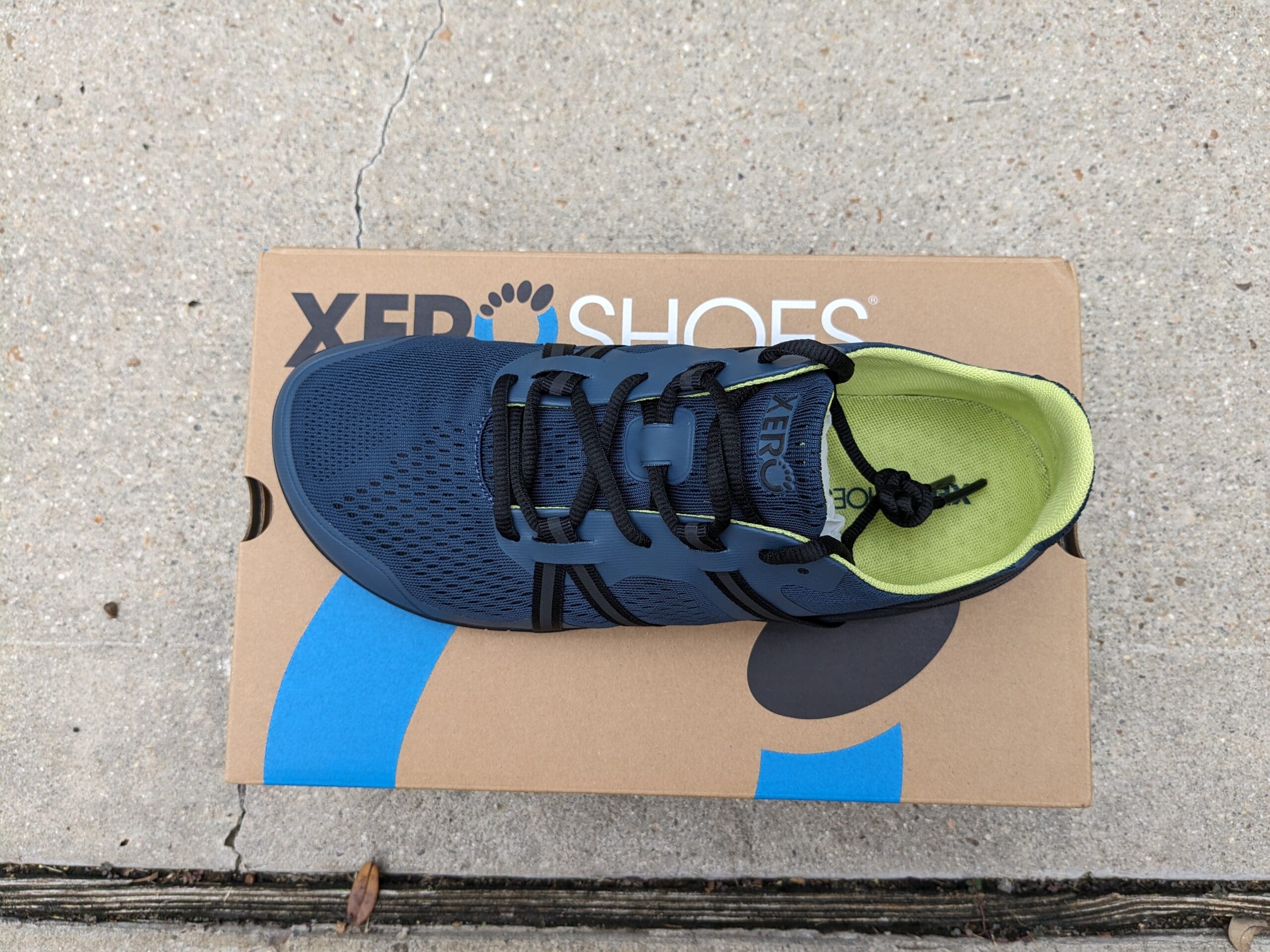
The soft upper contributes to a sock-like feeling. The upper is made mainly from a thin mesh material that wraps around your foot almost to the point that you forget you’re wearing shoes.
High volume foot? Step right into the Speed Force II. I’ve got a reasonably standard volume foot, and I had to crank the laces a little tight to achieve the perfect fit. For those with a high-volume foot, you’ll have more than enough room without breaking out the top of the upper. On the contrary, if you have a low-volume foot, you may have to take a pass on the Speed Force II. Even at only 1/2 size larger than your standard shoe size, I believe the upper will drown your foot. If that’s the case, keep reading this post, and you’ll find your match.
Who’s the Xero Shoes Speed Force II for?
Fit: High-volume foot and a slightly wider midfoot.
Feel: An authentic barefoot feel, ultimately lightweight and flexible.
Speed Force II
Type: Road
Width: Average
Stack height: 4.5mm rubber outsole + 3.5mm removable insole
Weight: 6.5oz / 184g for men’s US9
Flexible in every direction. My daily road running trainer. Read the full Review
Love or hate Vivobarefoot, they do make some pretty good-looking shoes! So if you need cool barefoot shoes, you have your choice with Vivo.
But let’s dig deeper.
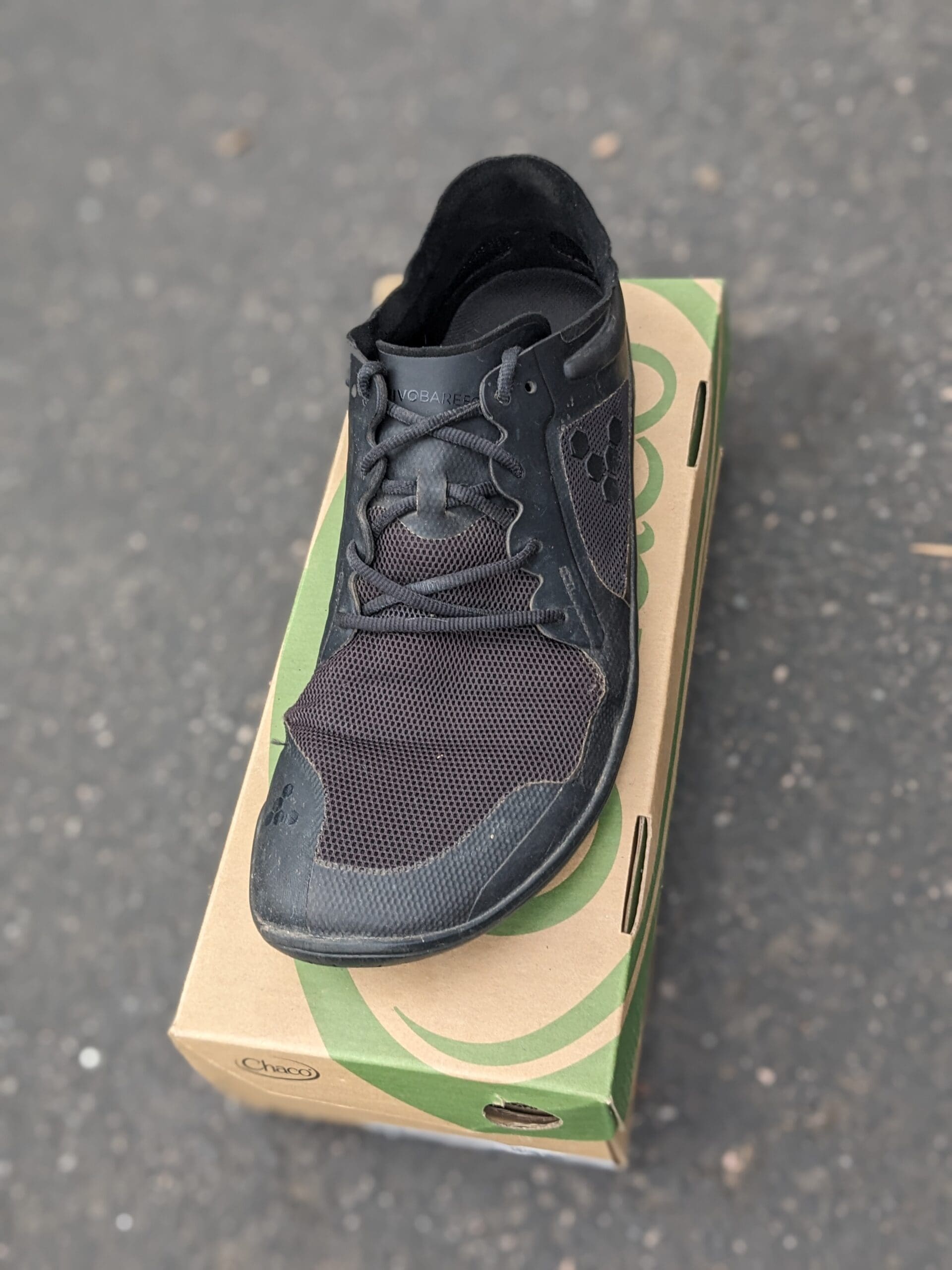
The Primus Lite is an excellent choice for those with a slightly larger toe splay and a lower-volume foot.
And if you’re looking for an eco-conscious choice, Vivobarefoot are at the forefront of environmental causes in the shoe industry. With repair, recycle, and reuse programs, they are reimaging the shoe industry, one shoe at a time. Or at least a pair of shoes at a time.
Which minimal running shoe is for you?
Take a quick 5-question quiz to identify the perfect minimal running shoe for your feet! You'll get both road and trail options based on your answers!
The Primus lite has excellent ground feel, and you can gain even more by removing the insole. This is truly a minimal shoe with an outsole of 4mm, and that gets “beefed” up to around 7mm with the insole. But these shoes still work fine without the insole, allowing for a more ground feel. Taking the insole out also provides a bit more depth in the shoe if things feel a little tight over the top for you.
The upper materials are stiff and unforgiving. And this is a pro and a con. If you want great lateral support and quick direction changes, then a stiff upper is a positive. But if you have any areas of the shoe that are tight or cause hot spots, it’s unlikely that those will go away. I suggest not over-tightening these shoes to relieve any pressure.

Just because I say they’re stiff doesn’t mean they lose their flexibility. It’s all about the areas of flexibility. The upper is slightly more rigid than you may be used to, but the sole and the underfoot are entirely flexible. The fold-the-shoe-into-itself test passes perfectly with Vivos, so you know you’ll utilize your foot’s unique structure and complex muscle system.
Who’s the Vivobarefoot Primus Lite III for?
Fit: Wide forefoot and toe splay. Low volume, with a narrow/fitted midfoot.
Feel: Great lateral stability. Maximum ground feel. Stiff upper.
Primus Lite III
Type: Road
Width: Wide
Stack height: 4mm rubber outsole + 3mm removable insole
Weight: 6.3oz / 180g
Super minimal with a nice wide toe-box. Read the full Review
I know, Altra’s aren’t truly barefoot. Heck, they have a huge bunch of cushioning. But hear me out.
You don’t have to be fully barefoot all the time.
If the shoe fits well (wide toebox) and allows the foot to move and function like a foot, a little cushion can have benefits.
It can spread the load to different areas of the body, mainly the upper legs, and it can even help us run faster by encouraging a longer stride. That’s not what you always want, but if you want a PR, why not!?
The Escalante sits right in the pocket of a “barefoot-inspired” conventional shoe. And that’s why I like it.
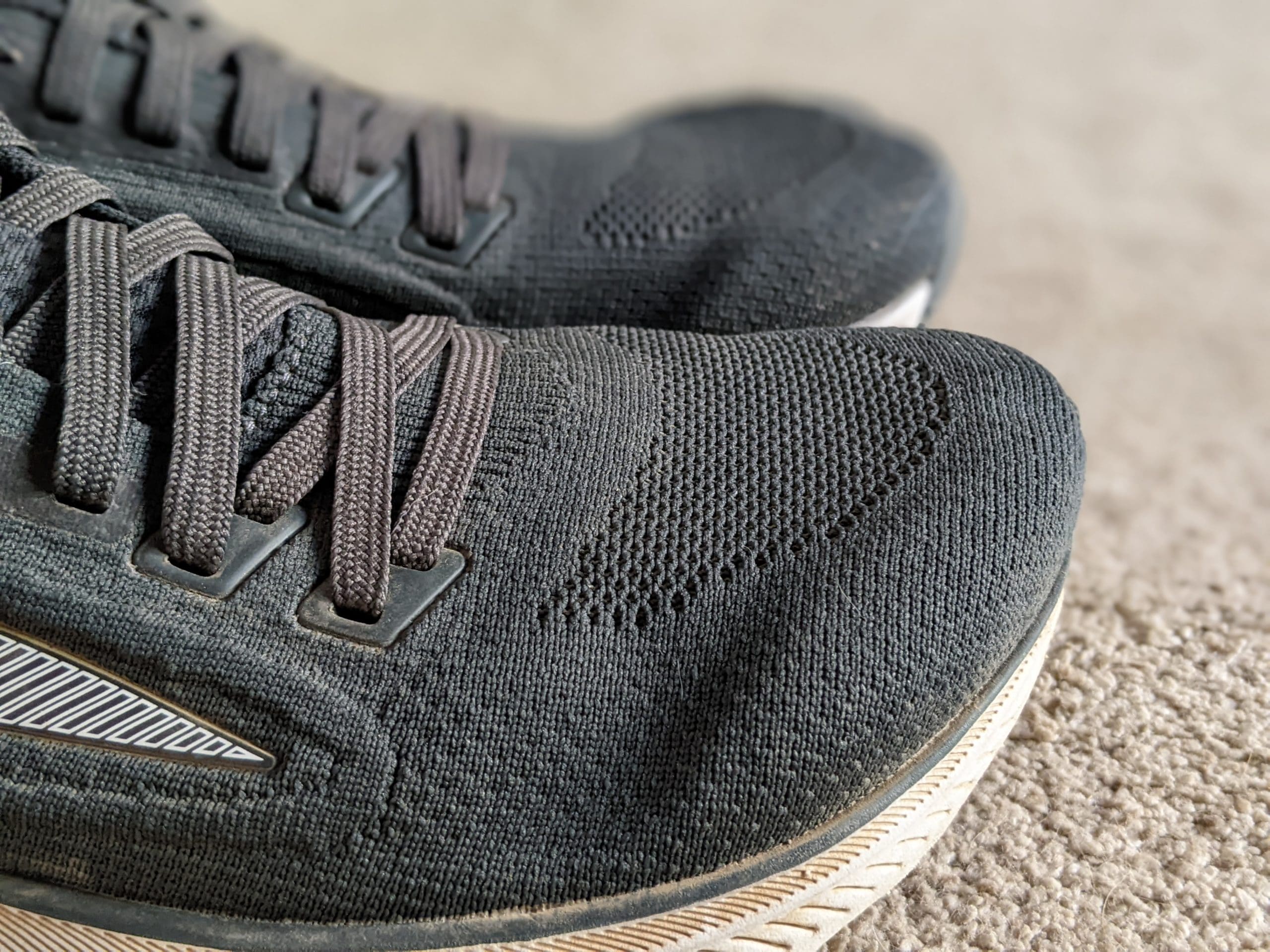
The Escalante 3 provides a great lockdown with no heel slippage. Some people have had issues with the heel on Altras in the past because they were wide and open like a skate shoe. There are still some elements of a wider heel cup, but the fit is now more locked in.
The upper has a perfect balance of stiffness and flexibility. As I mentioned with the Vivobarefoot Primus Lite, a stiff upper is great for lateral stability. But that’s not always comfortable. Lucky for us, the Escalante balances the two to provide some lateral stability but keep some flexibility for comfort.
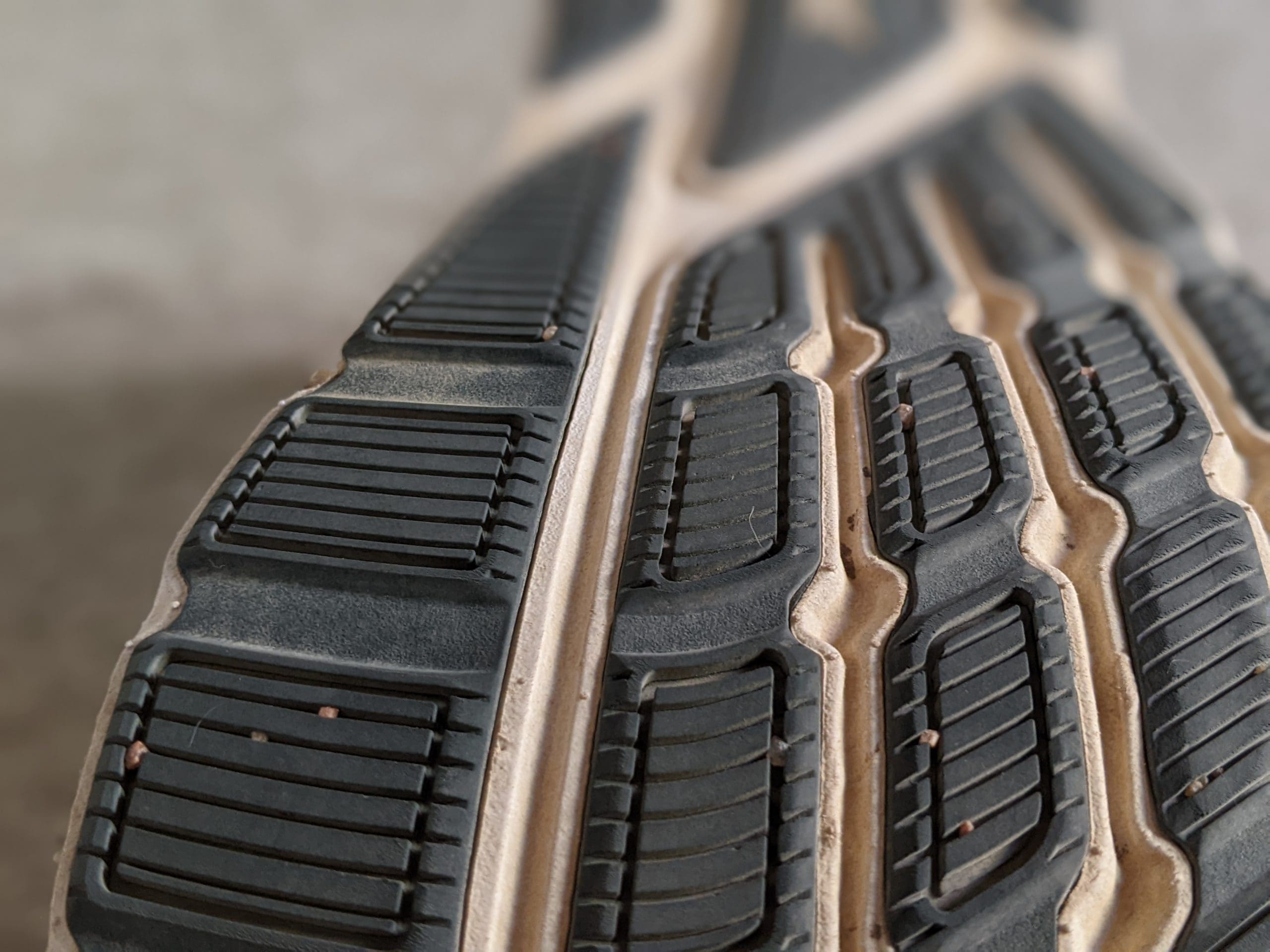
With a 24mm stack height, you’ll have little to no ground feel, and they’re stiffer than previous versions. Ex-Escalante lovers used to love the soft and flexible midsole. I did too, but they used to break down SO fast! So now that the Escalante has a tougher foam and is stiffer, I expect the longevity to be improved. We must accept that we lose some ground feel for that trade-off.
As with many of the recent Altra shoes, there’s a lack of depth in the toe box. I’ve had to switch out the insoles for thinner Xero Shoes insoles just to gain that little extra room for my toes! So if you have fat toes like me! Be warned!
Who’s the Altra Escalante 3 for?
Fit: Wide toe box, average to low volume foot. If you have a narrow heel, try before you buy.
Feel: Less ground feel, more cushion for those easy days or PR attempts!
Escalante 3
Type: Road
Width: Wide
Stack height: 24mm
Weight: 9.3oz / 263g
The closet to barefoot you can get in Altra shoes. Read the Full Review
Yeah, the name of the shoe is trail running shoes. But they are by no means designed for the trail. They’re 100% flat and ready for the road.
I should know. These were one of the first pairs of minimal shoes I owned.
And the reason why?
It’s the price. At $44 for the men’s and $34 for the women’s right now, it’s a great way to dip your toe into the minimal shoe market.
I won’t pretend they’re a quality product, but they do the job for a decent price.

A semi-wide toe box and a fitted midfoot allows for a precision fit. These shoes aren’t made for those with wide feet, nor deep feet either, but if you’re average to narrow, they’ll fit fine. Ultimately, I ripped out the side of my pair because they were a little tight.
Quality may vary, but I got nearly 1000km out of mine. Granted, they looked very rough at the end. I had a hole in the outsole, and I ripped out the side of the shoe, but they’re so minimal you could argue that I was just getting more ground feel. 🙂
At a guess, I’d say the outsole is 4mm thick. We have to estimate because there’s very little information about these shoes. They have a ton of ground feel and are roughly the same as the Primus Lites, so I’d guess they are around 4mm thick. The rubber rounds up over the toes, which could be an issue for some, but I found enough clearance when I chose my standard sizing.

There’s not much to them, so they’re super flexible. They roll and twist in every direction, which is great for foot function. So as long as they fit, they’re a great introduction option to barefoot.
Who’s the TSLA Running shoes for?
Fit: Narrow midfoot and narrow to average toe splay. The volume is accommodating for various depths.
Feel: Very minimal and flexible. Great for barefoot training.
Amazon.com – (free returns)
TSLA “trail” shoes
Type: Road
Width: Average
Stack height: 4mm
Weight: 7oz / 200g
Bahé is a new name of the market coming out of the UK.
Whereas their first shoe wasn’t a barefoot option, their second shoe, the Revive, is a great wide-toe box option.
This shoe also comes with a twist. It’s a grounding shoe. If you want to know more about that, I’d suggest heading to the full review.
Your toes will have more than enough room to spread and wiggle! They’re much wider than most other brands out there. If you’re looking for a comparison, I’d likely say Lems, just a little deeper. If you have a narrow foot, I suggest you order ½ smaller so your feet don’t feel drowned.
The big toe and small toe have plenty of splay room. The toe box isn’t just wide; it’s also nicely squared off (anatomical) to fit those fan-like foot shapes. This may also mean you can get away with a ½ size down to get a better fit over the midfoot.
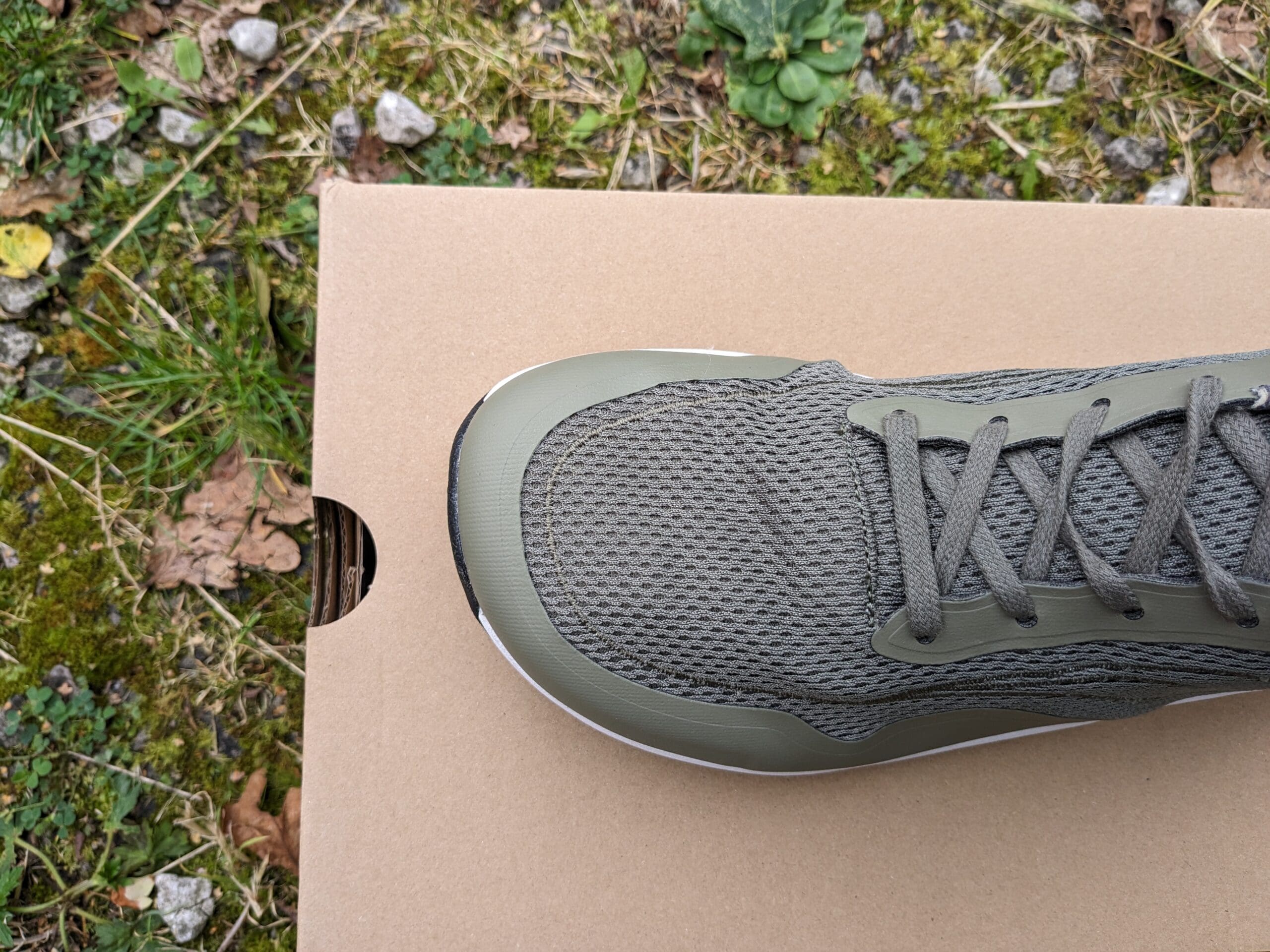
There is just enough cushion for comfort on a long run, but not too much that it affects the ground feel. If I’m barefoot training, I get as close to the ground as possible, but I choose a higher stack height when recovering or going for a long run. That’s precisely when I enjoy a +10mm shoe.
The shoe flexes well in a forward motion but doesn’t twist quite so well. You don’t just want a shoe that bends in one direction. That’s because our feet fold and flex in many unique directions. Our feet twist slightly to absorb impact, but this will be reduced somewhat in the Revive.
The small lugs make the Revive a shoe where you can hit the roads or some moderate trails. There’s no way I’d take these on super muddy runs in the fells of the U.K. But if I were to head out in the park or the fields, the small lugs would be enough to offer some purchase on wet ground. This is a true door-to-trail offering from Bahé, much like the Altra Outroad.
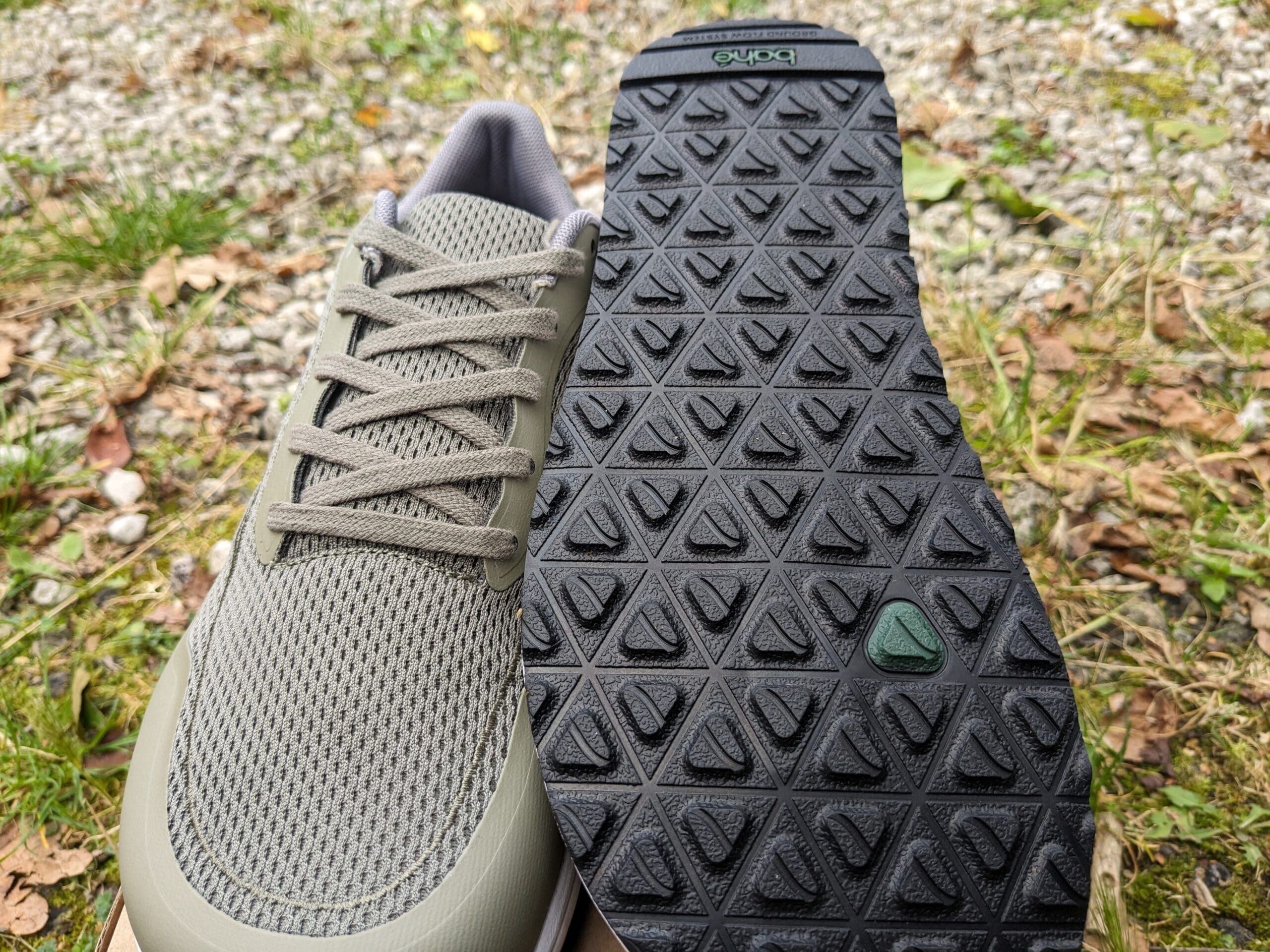
Who’s the Bahé Revive for?
Fit: Those who need an extra wide option.
Feel: Somewhat cushioned with barefoot roots
Bahé Revive
Type: Road/Trail
Width: Wide
Stack height: 10mm
Weight: 10.1oz / 288g
Very wide fit with interesting grounding tech. Read the Full Review
This blog post has introduced you to many barefoot shoes, from uber-minimal to barefoot-inspired cushioned options.
The most significant deciding factor is the fit/shape of a shoe. Because if it doesn’t fit, it’ll never work.
After the fit, you can start looking at features such as stack height and upper flexibility and hone in on the factors you’re looking for in a shoe!
If you want to find out more information on any of the shoes I’ve talked about today, I have full reviews on all of them (except the Softstars). And if you have any personal barefoot questions, feel free to reach out to me via the contact page. I answer every single email + message!
Xero Shoes Speed Force II
Vivobarefoot Primus Lite III
Altra Escalante 3
Bahe Revive
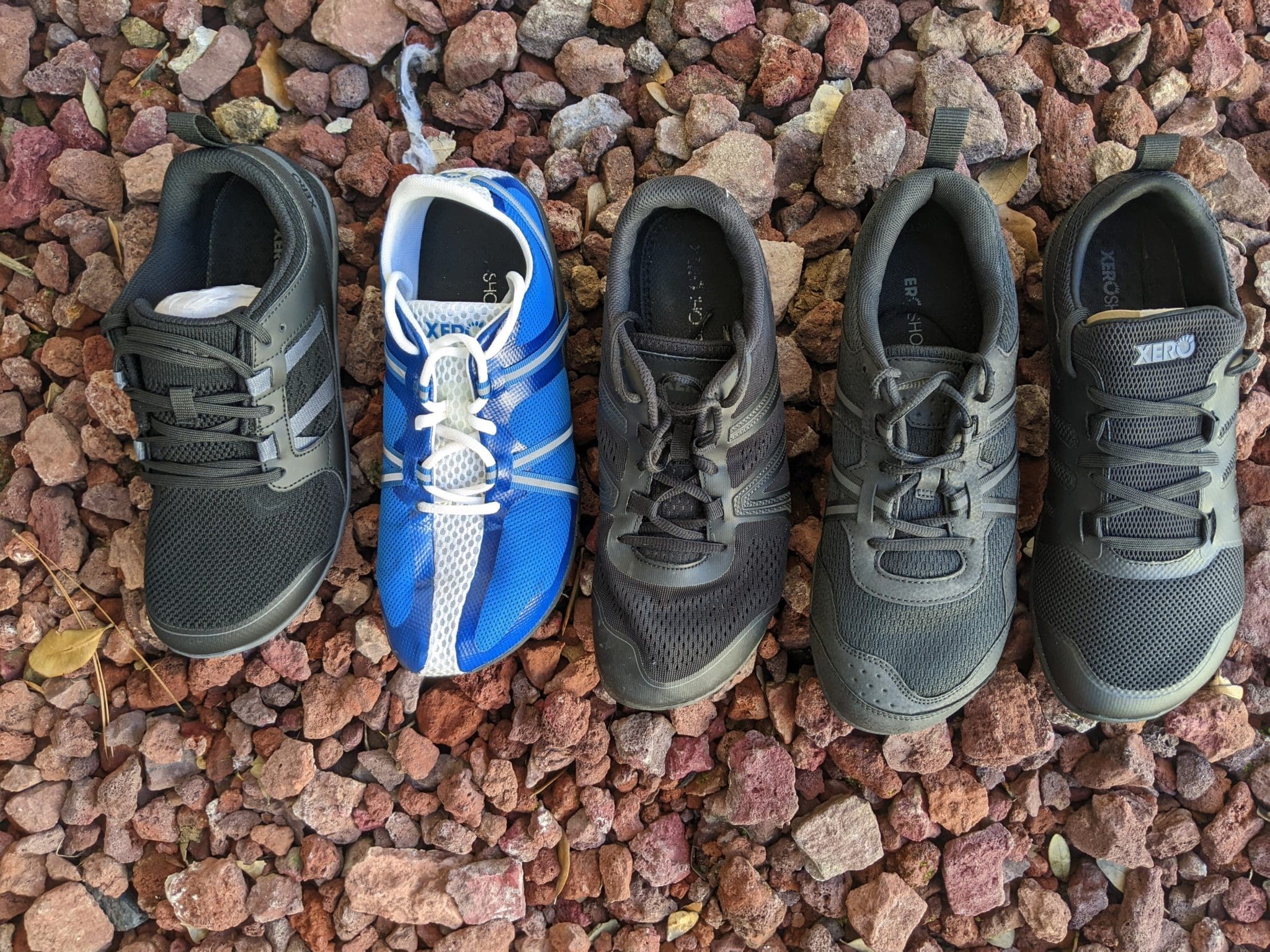
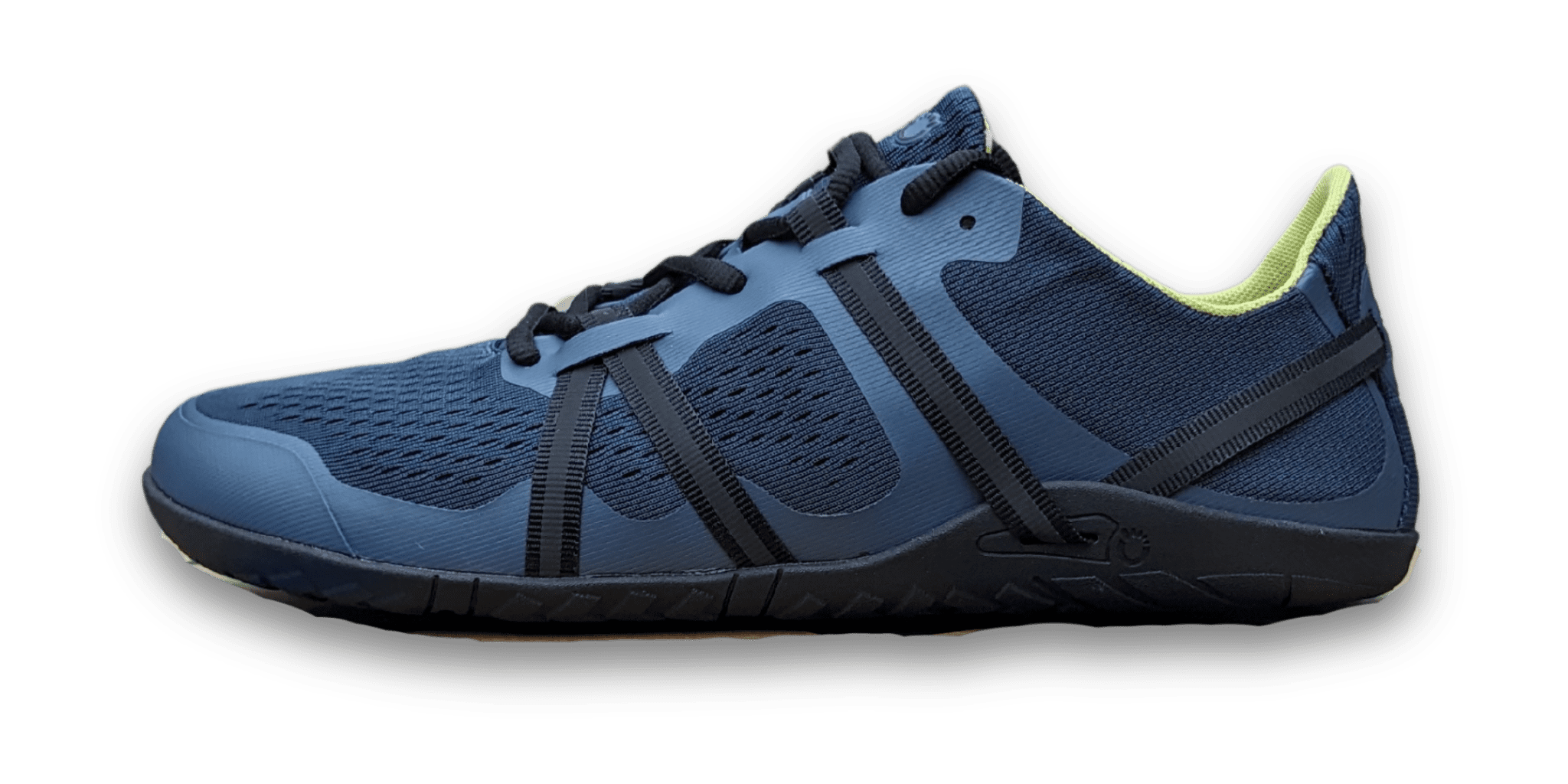
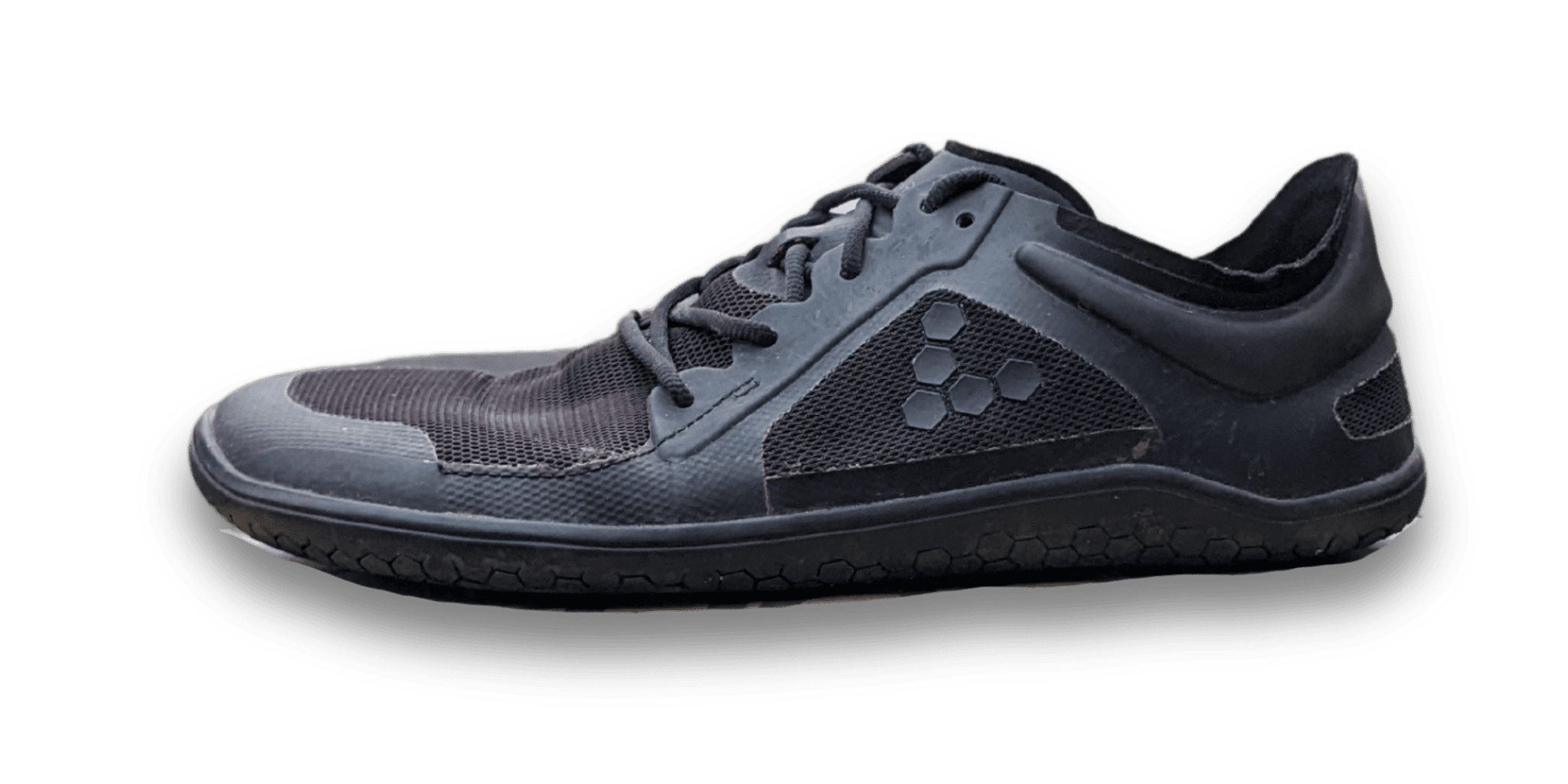
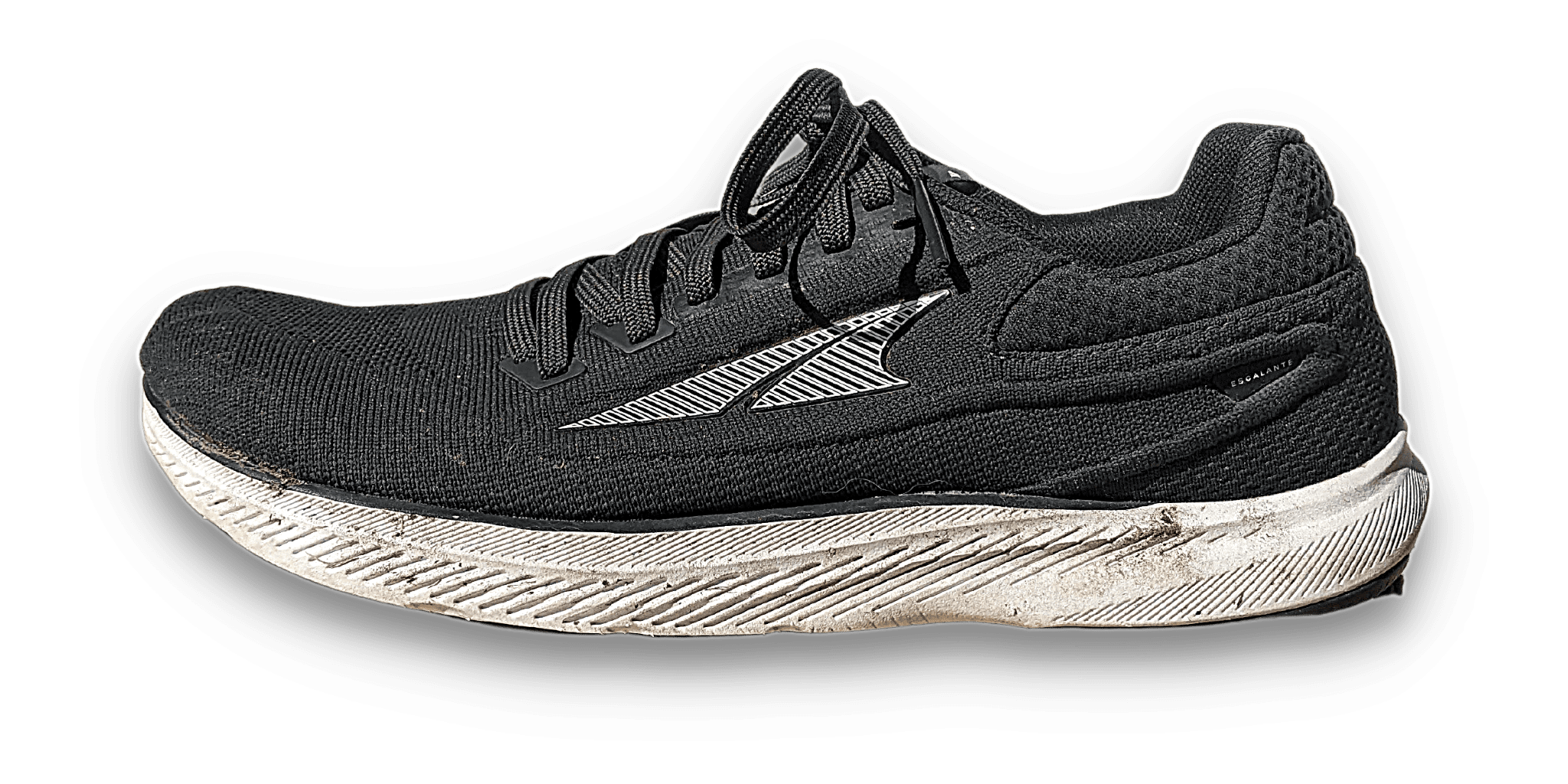
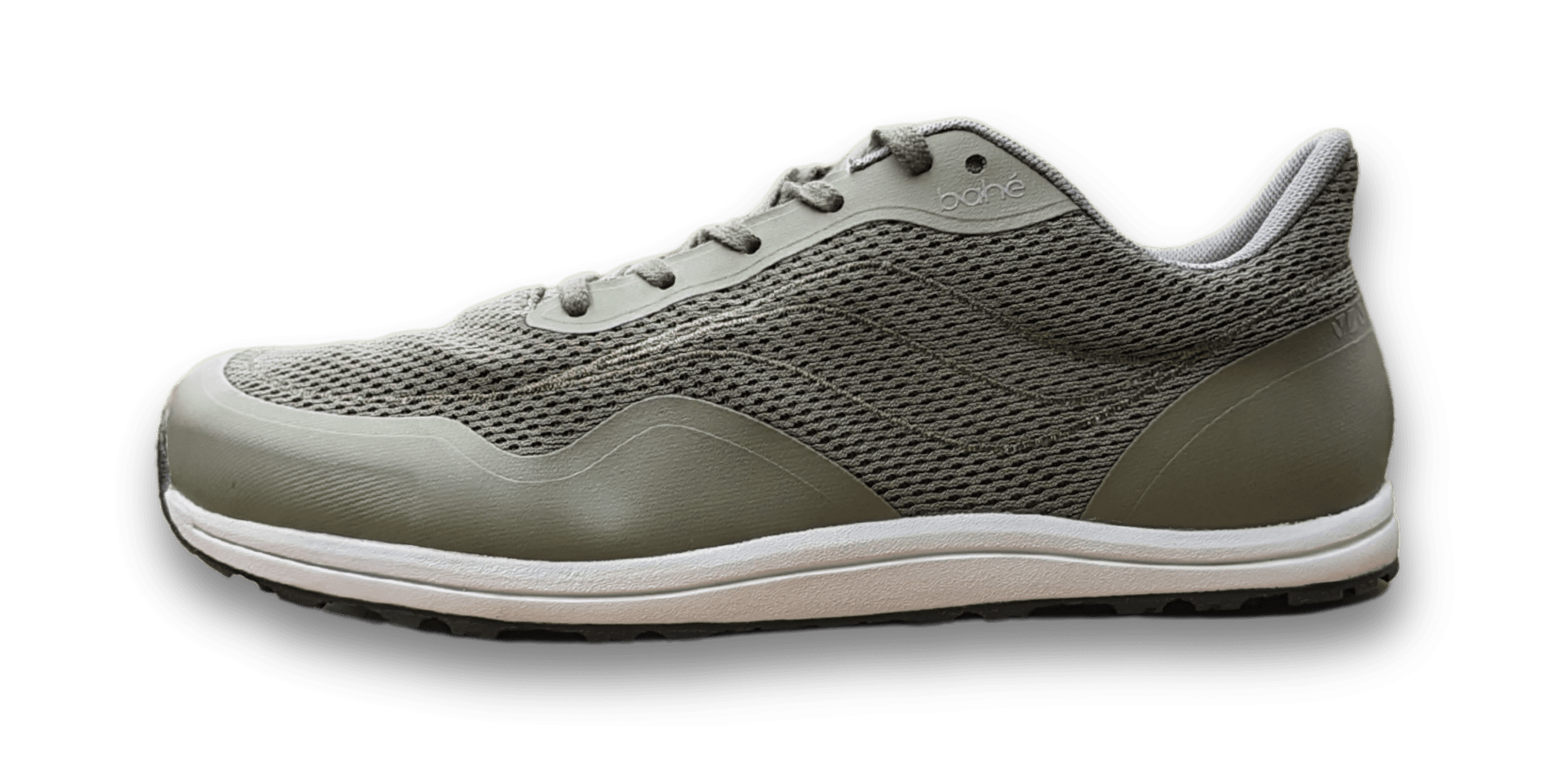

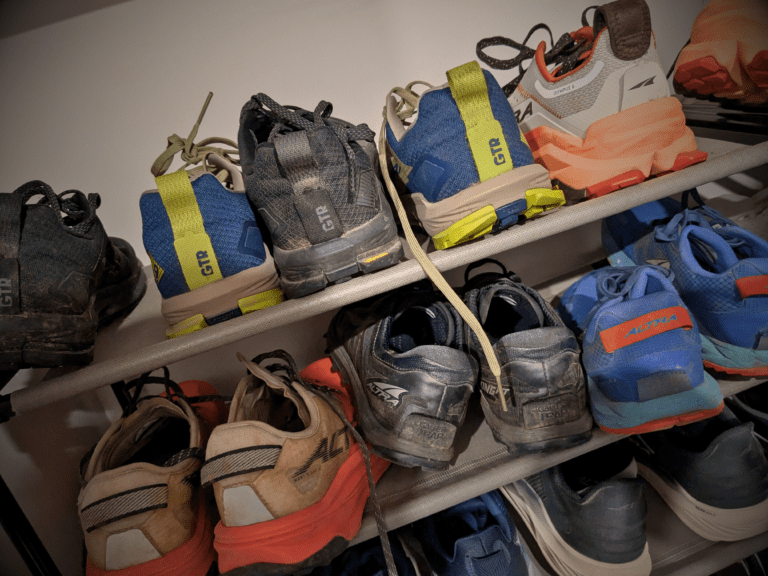
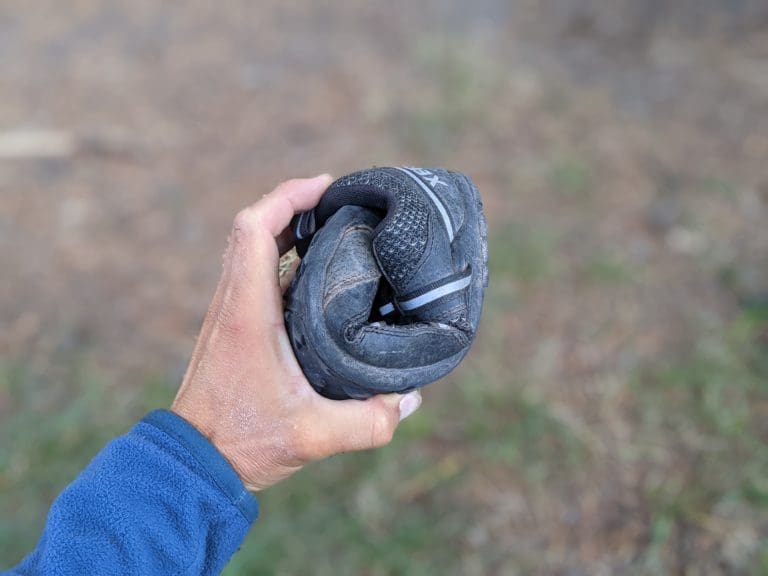
Hi Nick,
This article was pretty helpful to me, thanks for posting it. I’ve been using Escalantes for a while I think the 2.0 version and I need to replace them finally. If I’m looking for a casual running shoe and like the Altra feel, what should I consider besides the Escalante 3? Thanks! Graham
Oh the age old problems of Escalante 2’s and 2.5’s disappearing! 🙂
I shared my ideas on my newsletter recently, maybe that could help you decide!
https://preview.mailerlite.io/preview/467219/emails/92514259864389190
And as always, feel free to email me personally, and I can help further. hello@barefootrunreview.com
Hello, I would like to know which shoes you would choose for running ultras (80km and more).
I currently run with the Mesa Trail for distances less than 20km, and with the Trailfly g270 V2 from Inov 8 for longer distances. By the way, could you talk about this model? (which in my opinion is better than the lone peak and the superior). Thanks for your site anyway!
Hi! Your choices sound similar to mine! I used to run in Inov8 RaceUltras, but the models became too narrow in the toe box for me. I’m playing with the idea of trying the Altra Mont Blanc for a 100km. Even though they’re a significant stack height and have potential issues with the heel lock. But my quads have been getting shot on the downhills, so I’m testing to see if I can mitigate some of that with a higher stack height.
Depending on the terrain, I’d also consider the Superior because I love the balance of protection and weight.
The last option could be the new Xero Shoes Scrambler Low. The forefoot is still relatively flexible, but it’s higher and stiffer than the Mesa Trail, and for a long run, that could be a good thing. The outsole is impressive, and the only drawback is that the upper is too flexible.
Hopefully, one of these options will work!